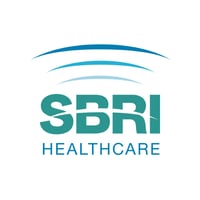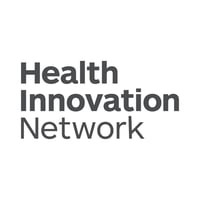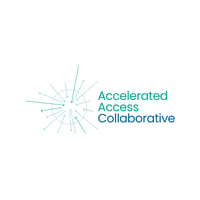Using Machine Learning to Enhance Patient Outcomes for The NHS
Tunley Environmental® created a machine learning algorithm, assisting the NHS with its commitment to enhancing patient care and outcomes. The algorithm prevents and manages pressure ulcers, which are a common and painful condition affecting many, especially the elderly and those with spinal injuries. Continue reading to find out all about this project.
ACKNOWLEDGEMENT
This work was commissioned and funded by SBRI Healthcare. SBRI Healthcare is an Accelerated Access Collaborative (AAC) initiative, in partnership with the Health Innovation Network. The views expressed in the publication are those of the author(s) and not necessarily those of SBRI Healthcare or its stakeholders. The SBRI funded research study has launched at Doncaster and Bassetlaw Teaching Hospitals (DBTH) investigating how artificial intelligence (AI) can help improve the prevention and management of pressure ulcers.
INTRODUCING THE PU-CPA TOOL
Tunley Environmental are undertaking research and development into the management of pressure ulcers funded under Competition 24 - "Delivering a Net Zero NHS for a Healthier Future" by the Small Business Research Initiative (SBRI). The aim of the project is to develop an innovate solution that not only enhances patient care but also supports environmental sustainability.
What is a Pressure Ulcer?
Pressure ulcers, also known as bed sores, are injuries to skin and underlying tissue resulting from prolonged pressure on the skin. They are common among patients who are immobile and can cause significant discomfort and complications.
Tunley Environmental’s project, Pressure Ulcer Clinical Pathway Aid (PU-CPA), will be a predictive software tool designed to assist healthcare professionals in the management and prevention of pressure ulcers. Utilising machine learning techniques, the PU-CPA tool aims to optimise patient care based on basic individual patient data. The process and key features of the PU-CPA Tool are outlined below:

ENVIRONMENTAL IMPACT
![]()
Reduced Costs and Environmental Impact
By optimising treatment pathways, the PU-CPA tool not only aims to reduce the financial cost of treatment for the NHS but also aims to significantly reduce the carbon footprint associated with treatment processes.
![]()
About SBRI and Our Funding
The Small Business Research Initiative (SBRI) brings together government challenges and ideas from businesses to create innovative solutions. Our project is part of SBRI's Competition 24, which focuses on supporting innovations that contribute to a net-zero NHS, emphasising a healthier future with reduced environmental impacts.





